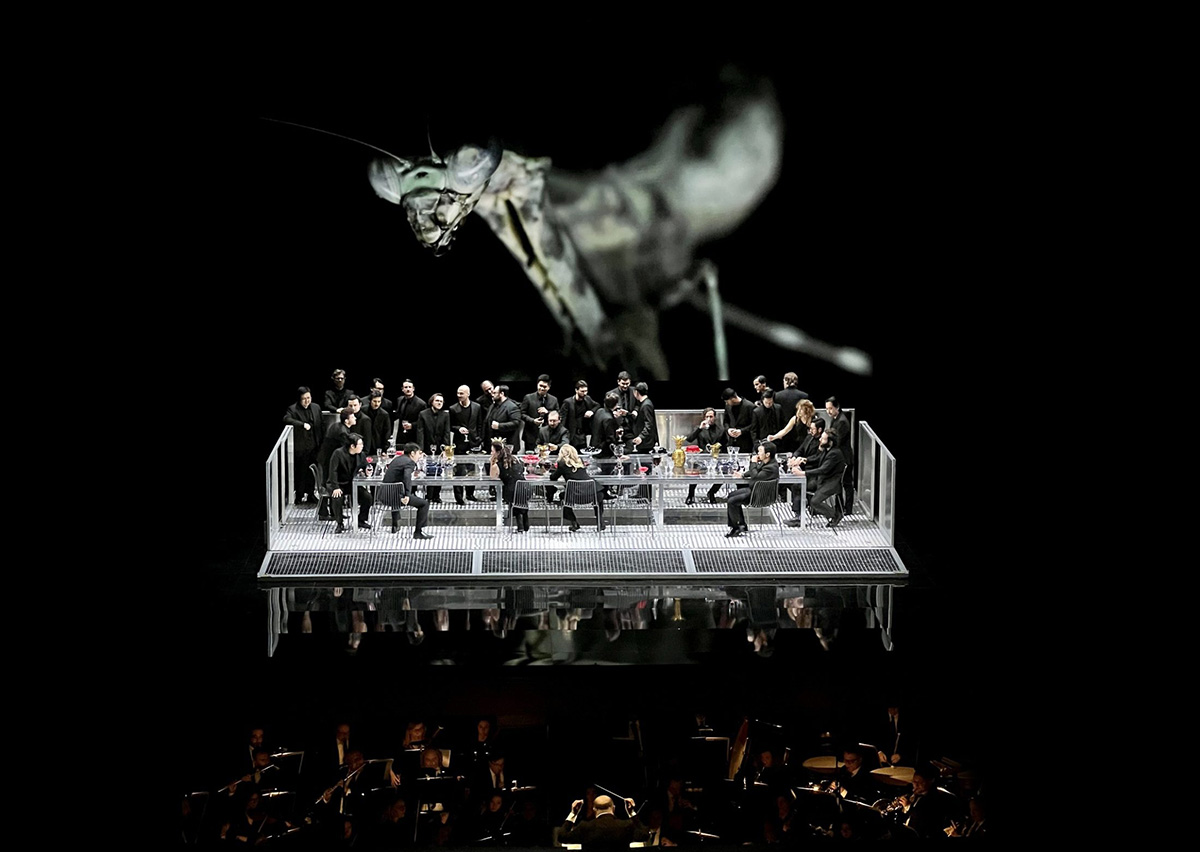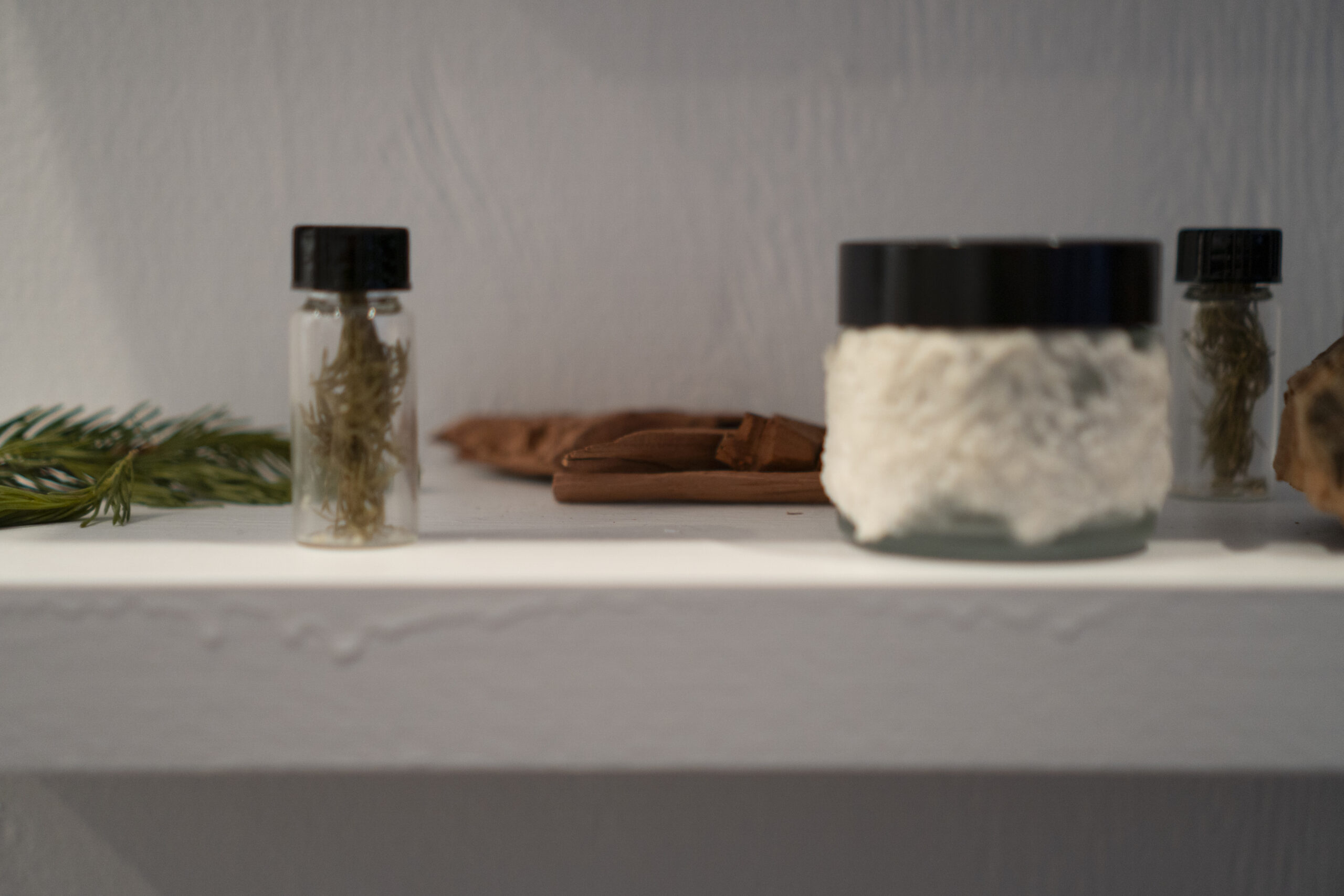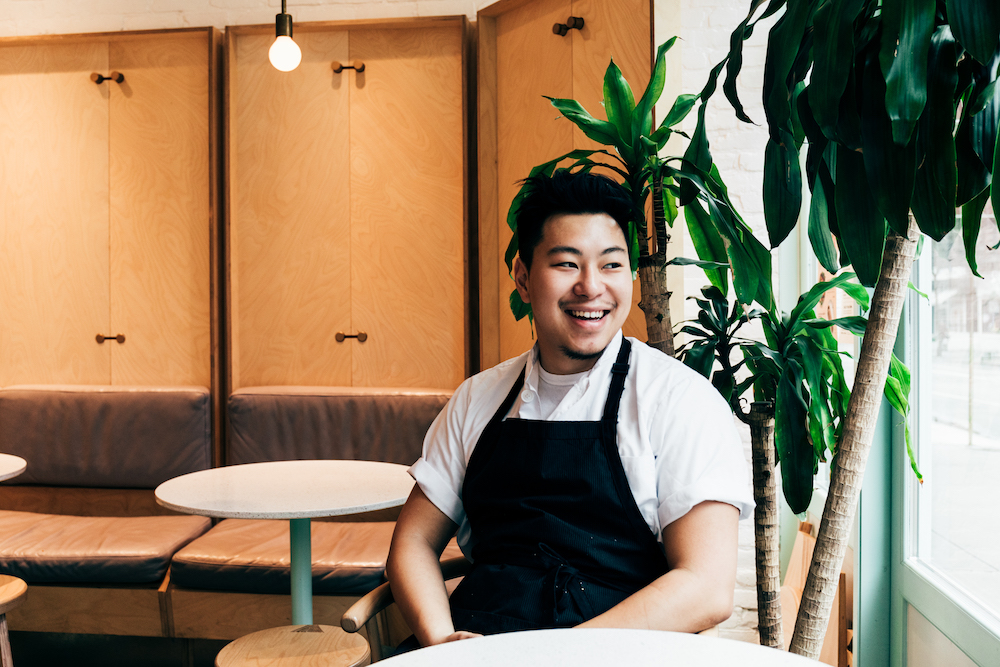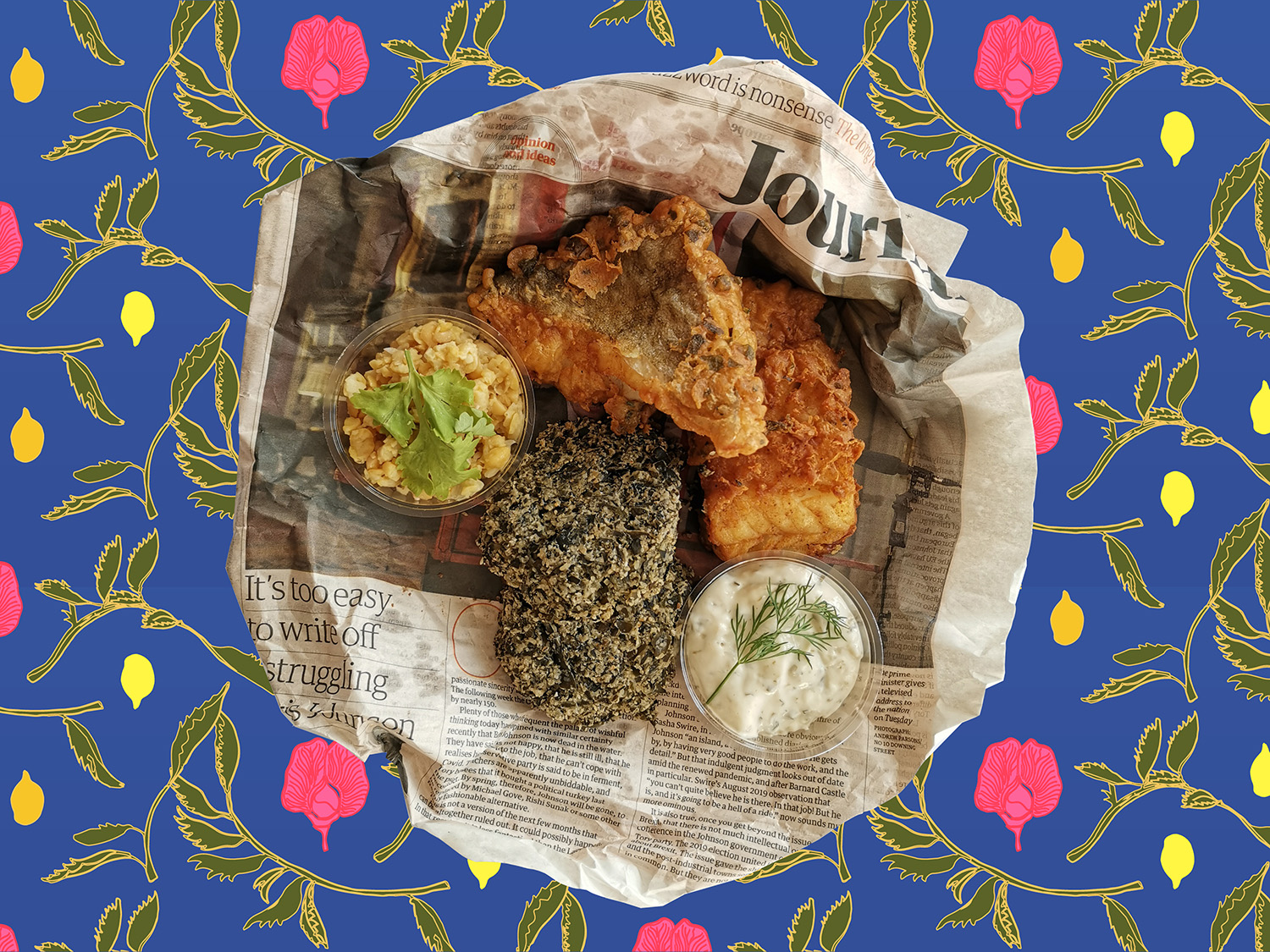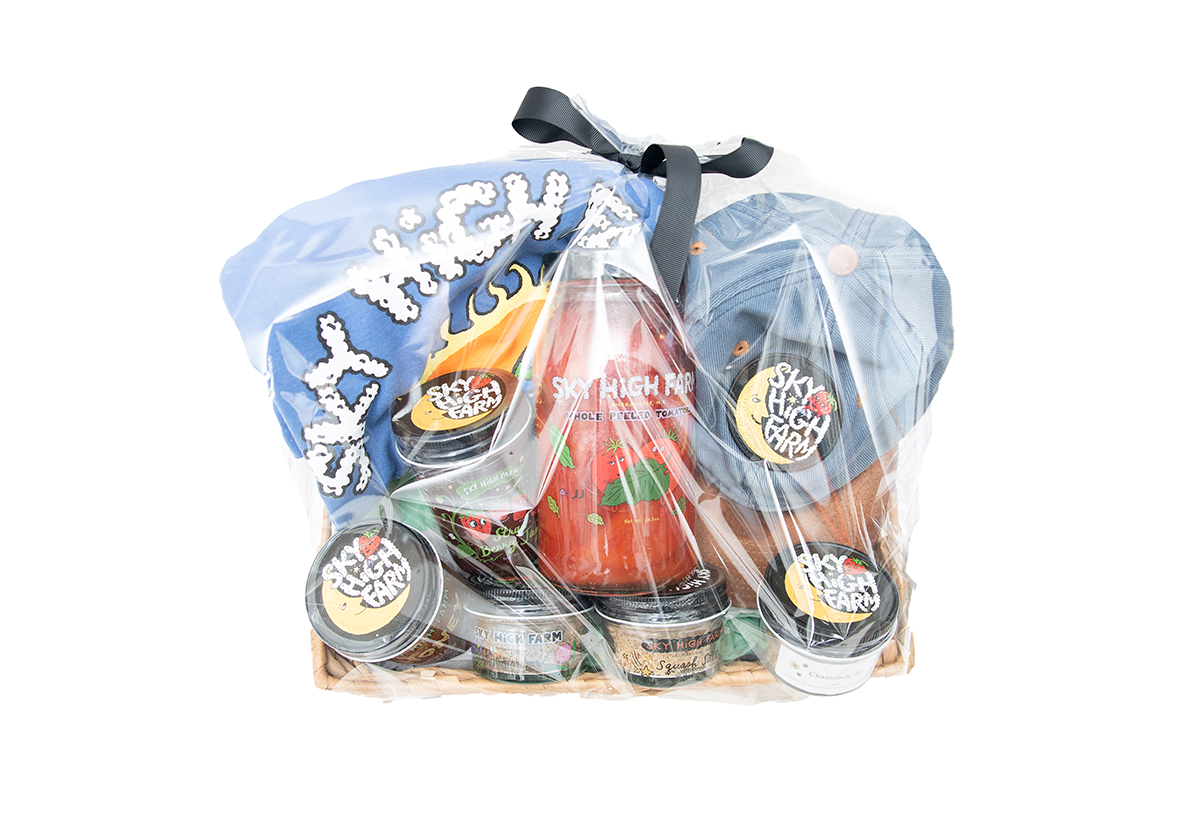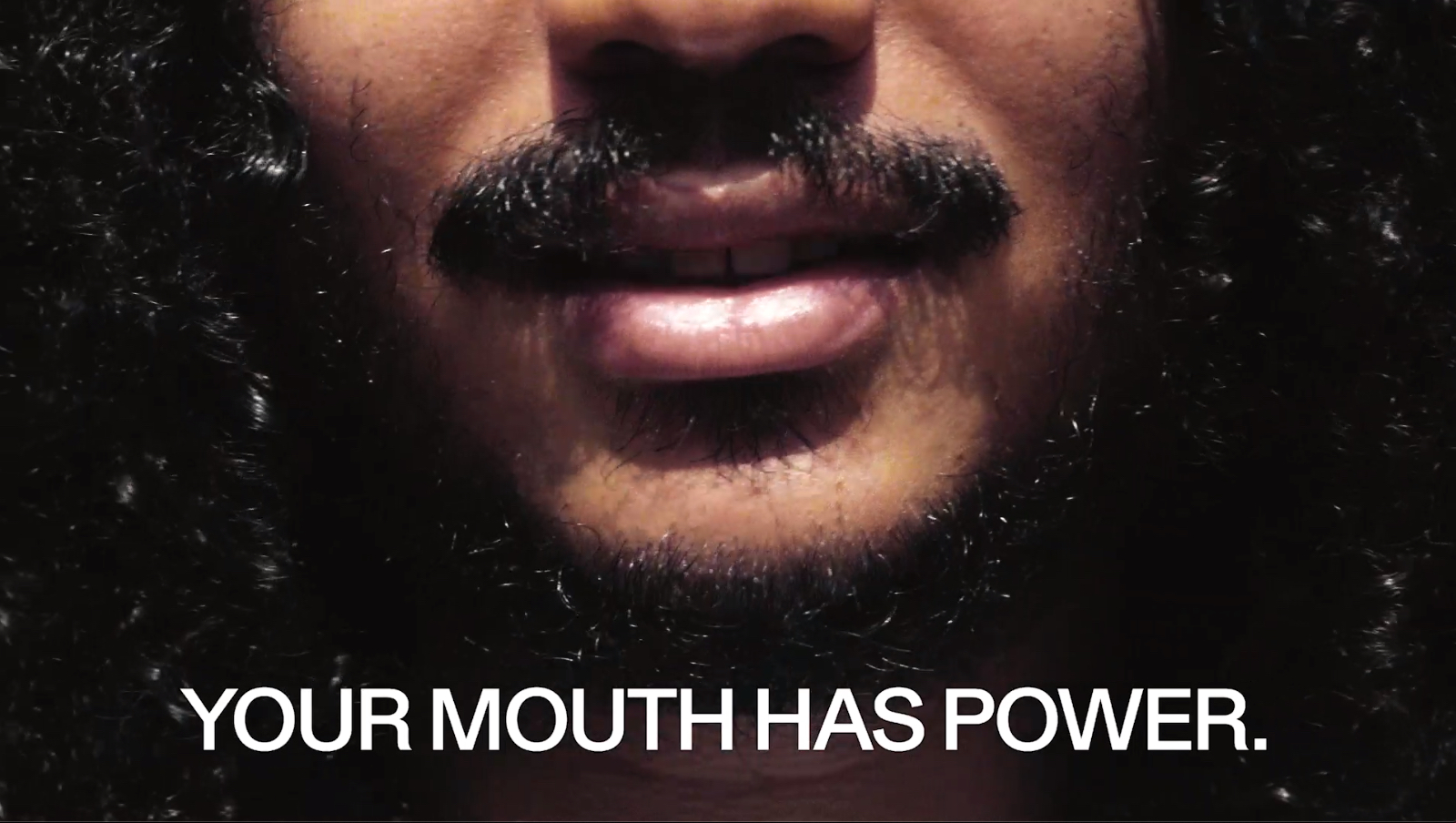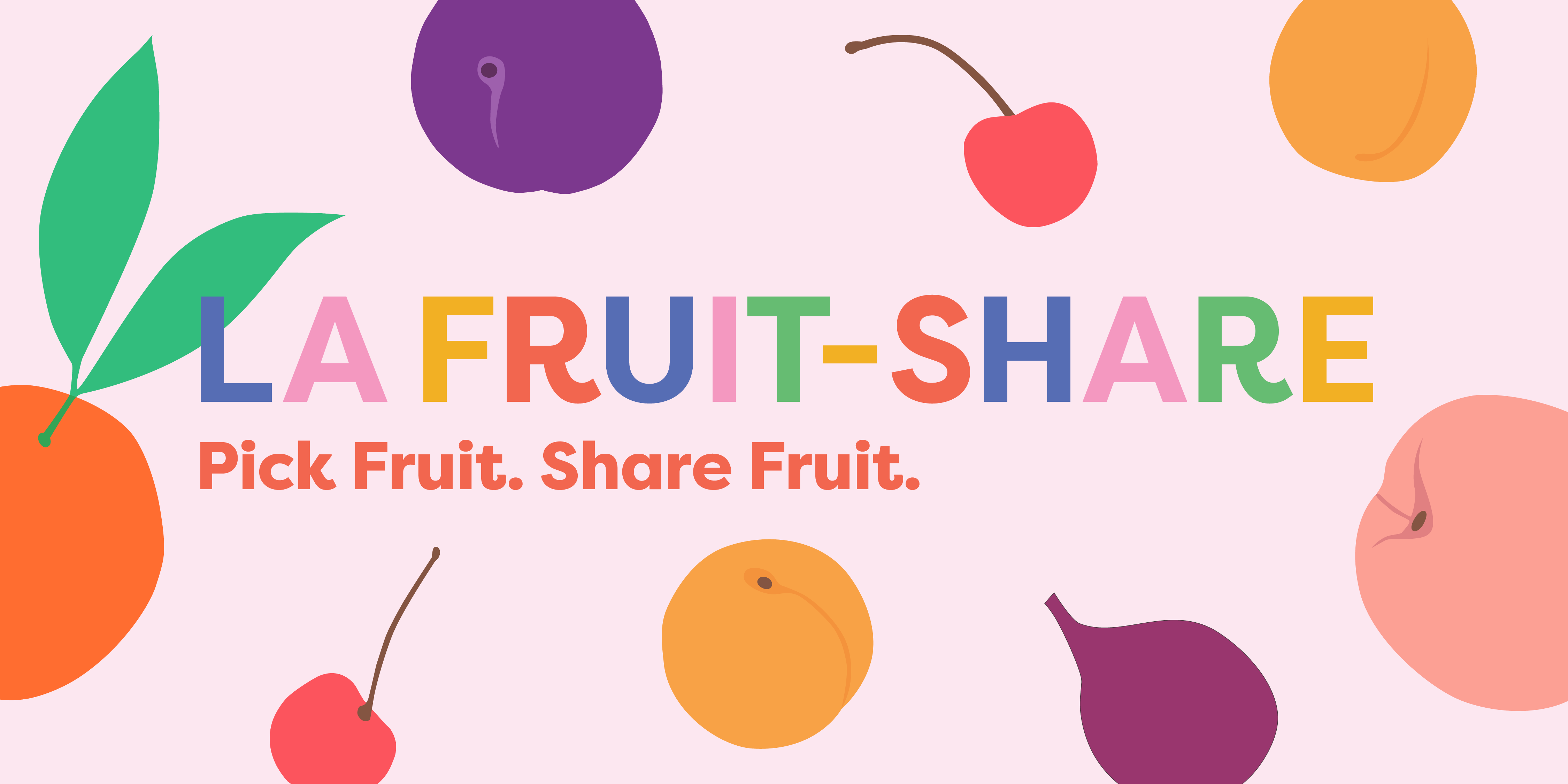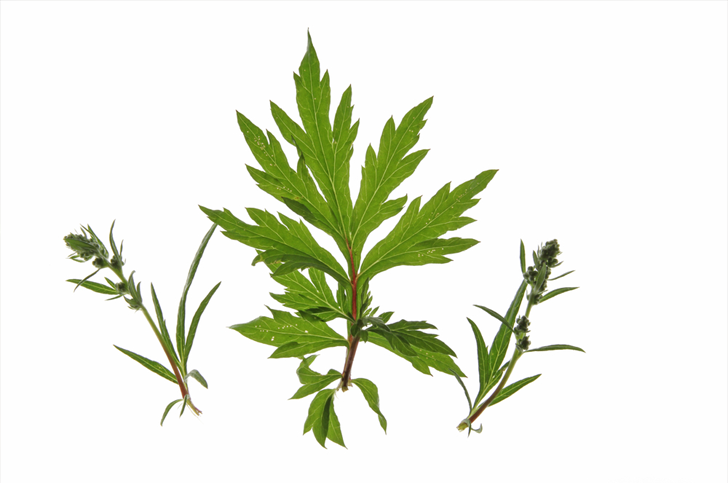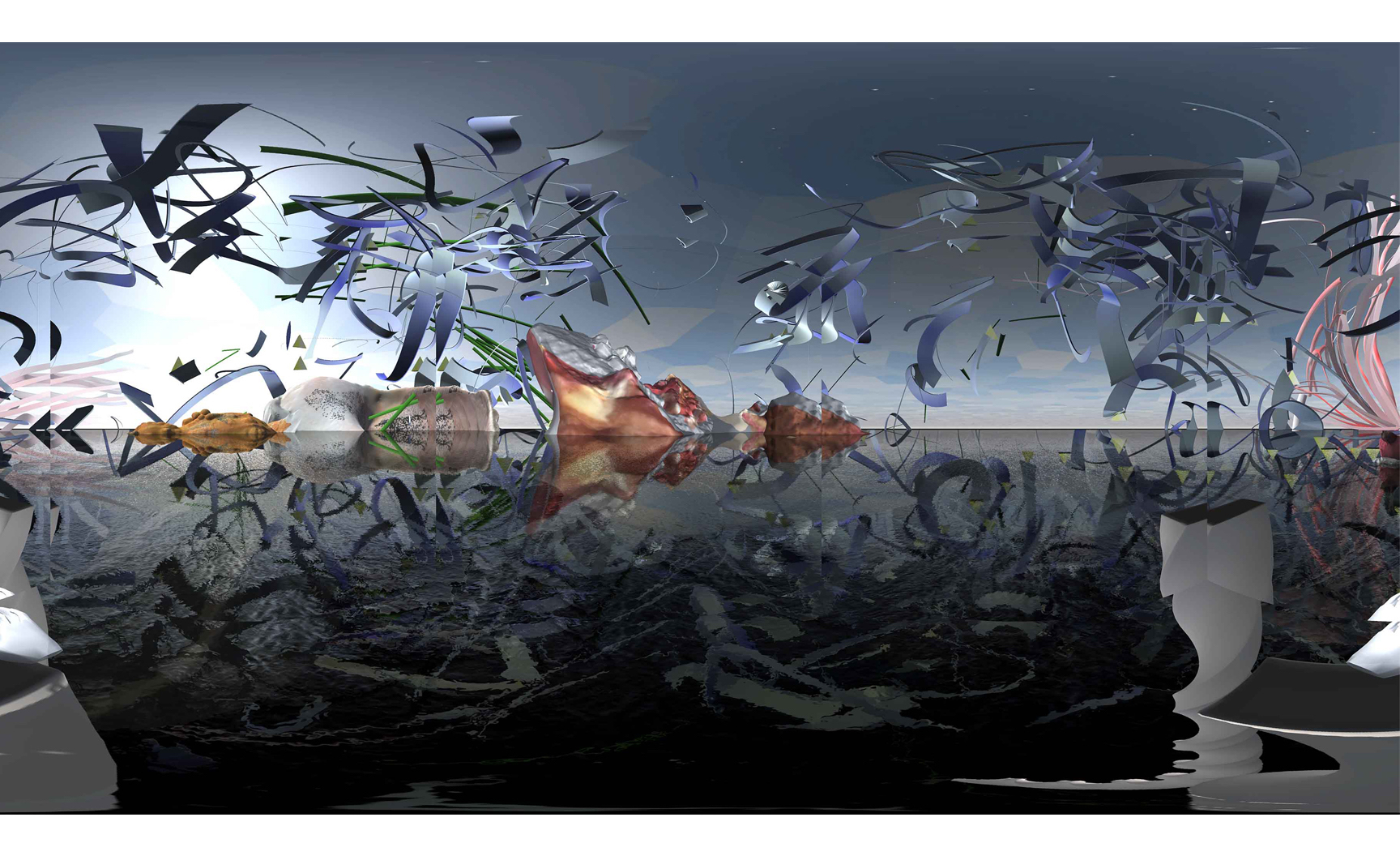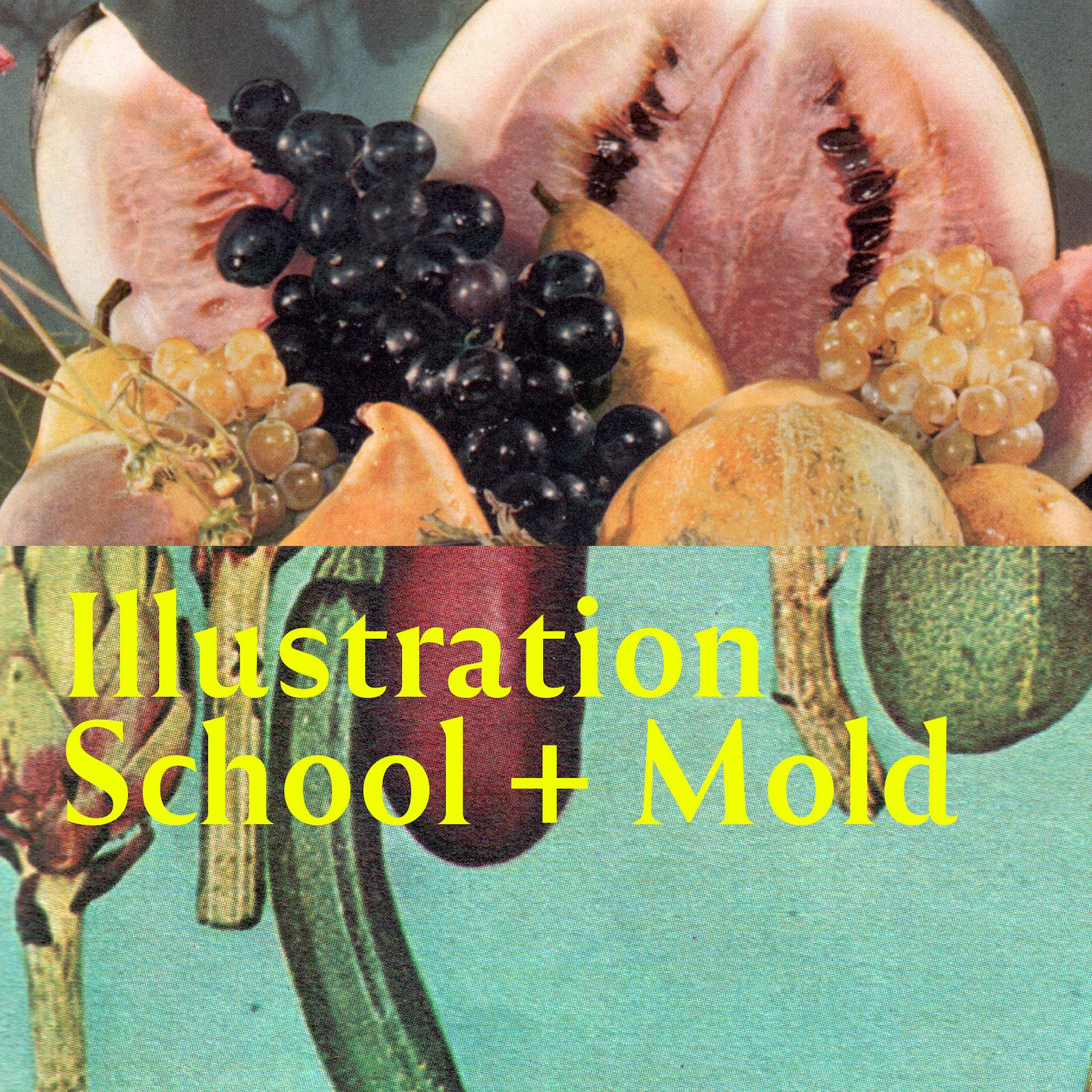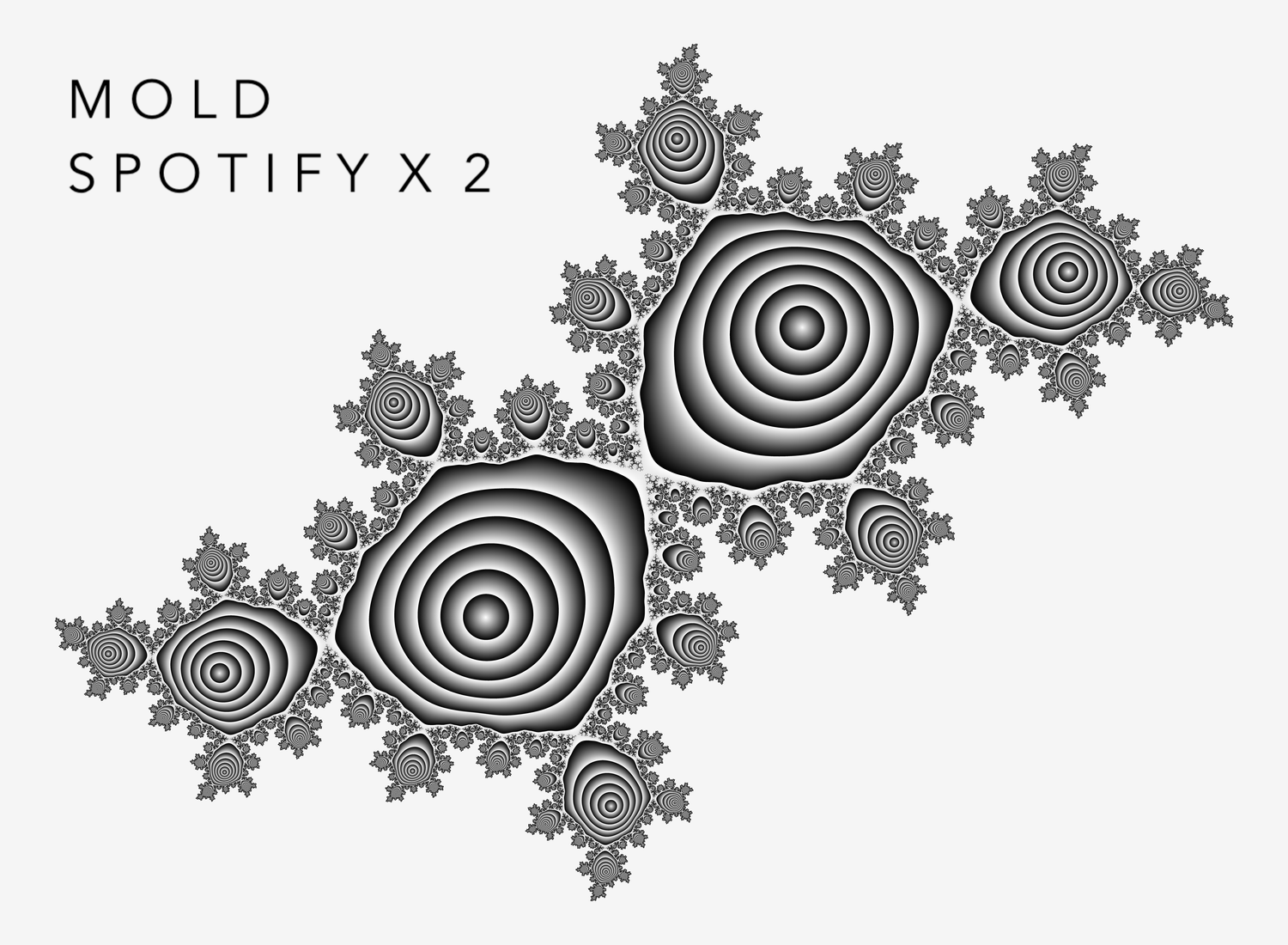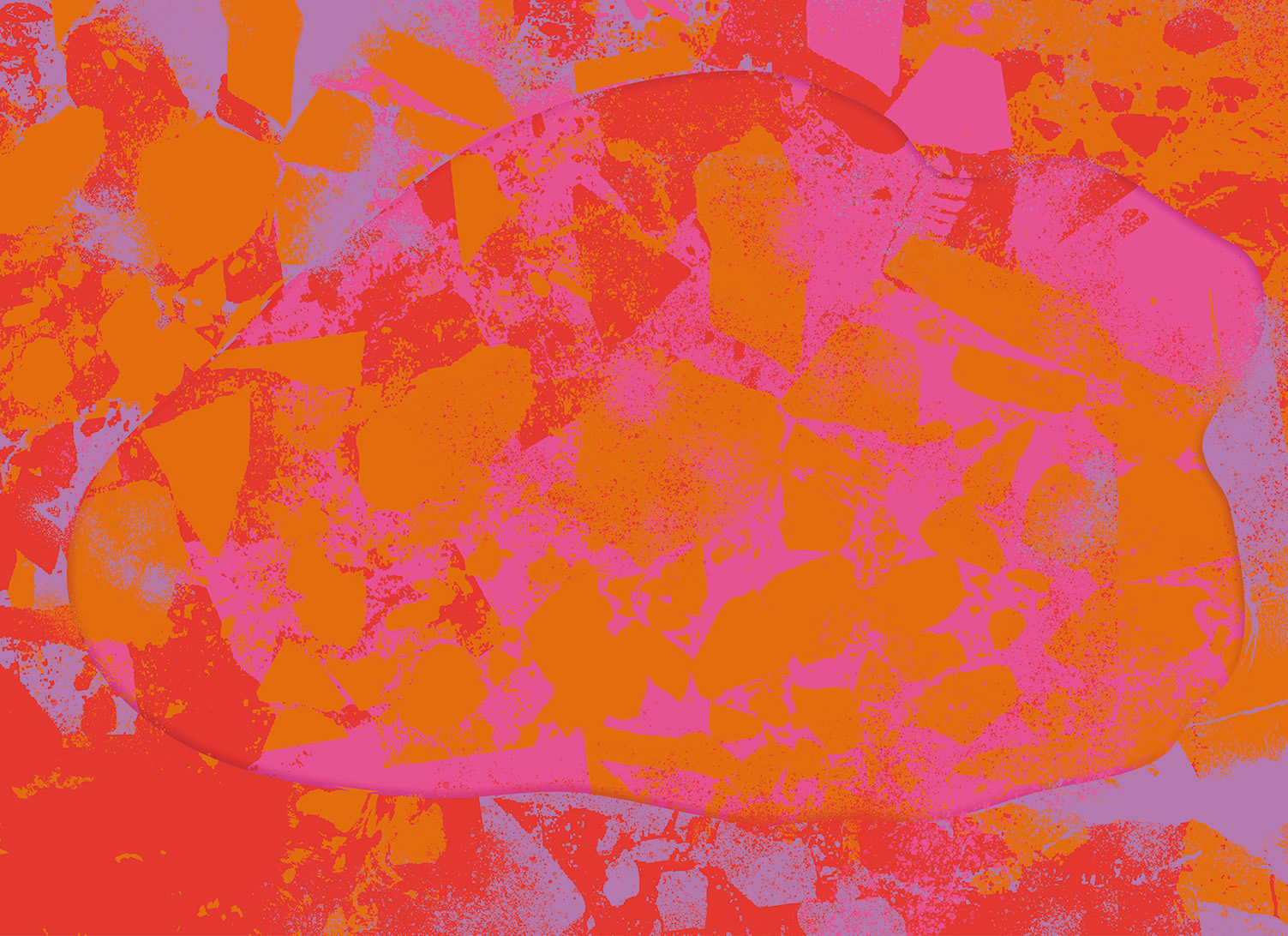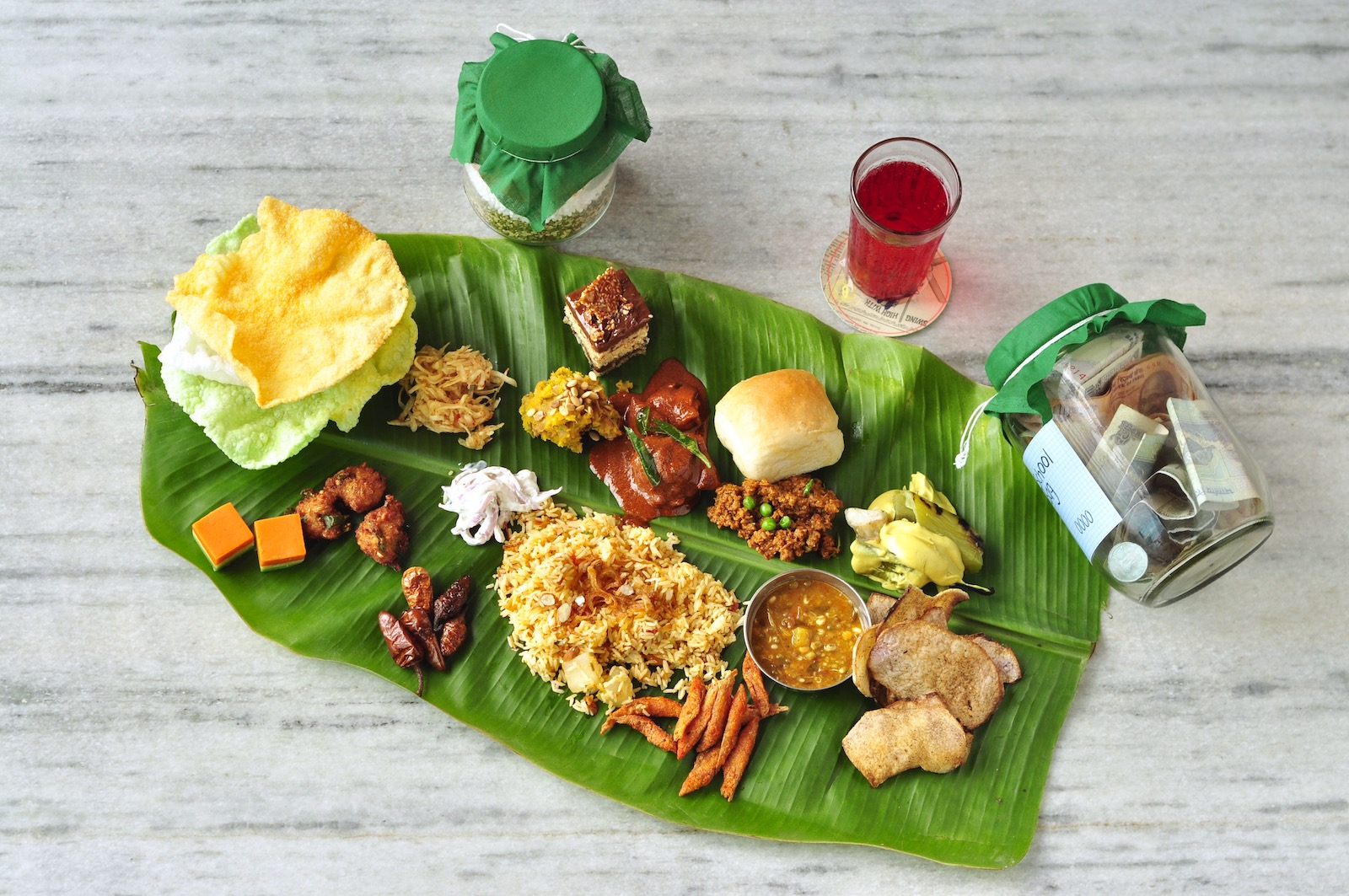Some Christmases ago, I spent the end of the year break in the northeastern parts of my country. Now for many, especially the hyper-nationalistic brigand of people who believe Indians need to urgently “go back to their roots” (meaning back to an idealized society of several centuries ago with very restricted freedoms for women, among other regressive ideas), the northeast Indians are not wholly Indian. That they look very different, that their language, customs, religion, gods, weather and food are all very distinctly apart from the lives of mainland Indians is only some of the reasons why people in the Seven Sister states that make up the geography of the North Eastern Region (NER) of India call us Indians while self-identifying as people from their specific state. “Oh, you have come from India!” they exclaim. That they don’t do it too deliberately is to be noted. That they see themselves as not part of the rest of the country has several, old and complicated political reasons as well.

Around Christmas, I crossed the road at a local market in a small town to stand before a butcher shop and watch them piece apart the head of a slaughtered cow. I was told the tongue, brain and head meat were delicacies during the holiday season. I don’t eat meat of any nature, but the process of its dissection evokes a curiosity that I find odd, for everything else in the assemblage of it into a dish, I find unable to participate as the audience. My inhibitions have many histories, redundant here.
More curious are the nomenclatures applied to meat in India. Meat in this context would be exclusively beef, because the politics around beef are overly simplistic and intensely, increasingly violent these days. The simple version is that Indians, contrary to popular beliefs when the West looks in, are not primarily vegetarian. Vegetarians are in the minority, though that number still runs into the millions owing to the size of the country’s population.
Historical amnesia has erased the fact that until a few centuries ago, every other meat-eating community in the country also ate beef; many still do. The myth of the holiness of the sacred cow and hence, the ban on eating one, is a construct of very recent times. In his important book The Myth of the Holy Cow, D N Jha writes in detail of how eating beef was a non-issue until the purported sacredness of the cow began to be slowly appropriated by nationalist. By the end of the 19th century, cow slaughter was seen as among the greatest of sins against Hinduism. Today, one (obviously one of certain faiths) can literally get lynched by a mob if so much as being suspected of slaughtering a cow or carrying beef. Most states in the country, with the exception of those in the North East and in Kerala, the deep Southern state which traditionally have had an unusually high per capita consumption of beef, have strict laws that forbid the eating of this meat.
In the many restaurants owned and operated by people from Kerala in Bangalore, where I live, it is understood that they will usually have a range of beef dishes. Beef is not cow anymore, at least outside of some places; it is usually carabeef, the meat of the buffalo. None are advertised on the menu or specials board. If it is at all, the words are written in the Malayalam language, in beautiful curling letters that sound like a song. The other day my husband and I went to one such restaurant. He ordered a beef fry. We ate, paid the bill and left. Such are the problems about even saying the word aloud that on the bill the dish became a Meat Fry. In specifics there seem more danger.


Gomamsa, mattiraicci, pothe-erachi or just erachi, a generic term for meat, a safe word. Like “strong independent woman,” “minority rights” and other scary descriptives, beef needs euphemisms to keep those that tactilely engage with it safe, alive. While having to operate under illusions such as this, how can any language have innocent words? What happens to language when its words need to be shed, wiped away from tongues, obliterated from itself?
This story is part of a monthly series of writings from writer and artist Deepa Bhasthi on the intersection of language, landscape and food.
